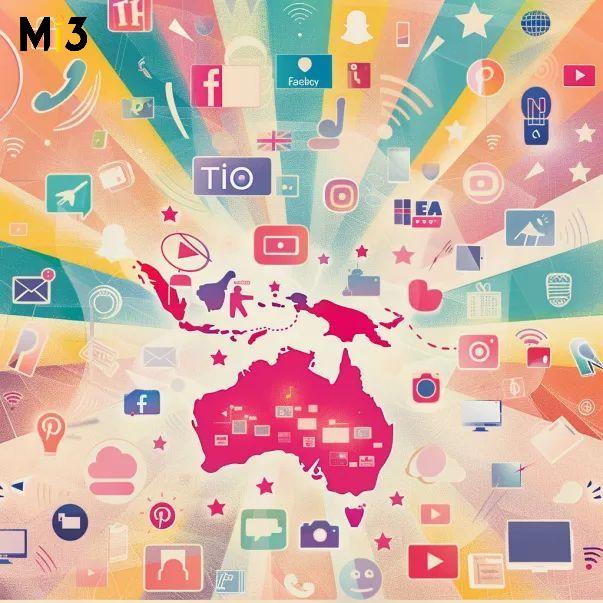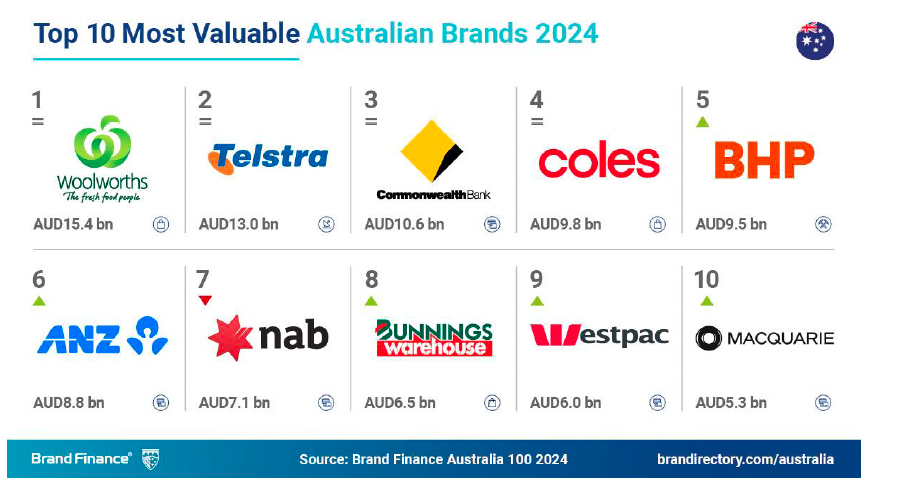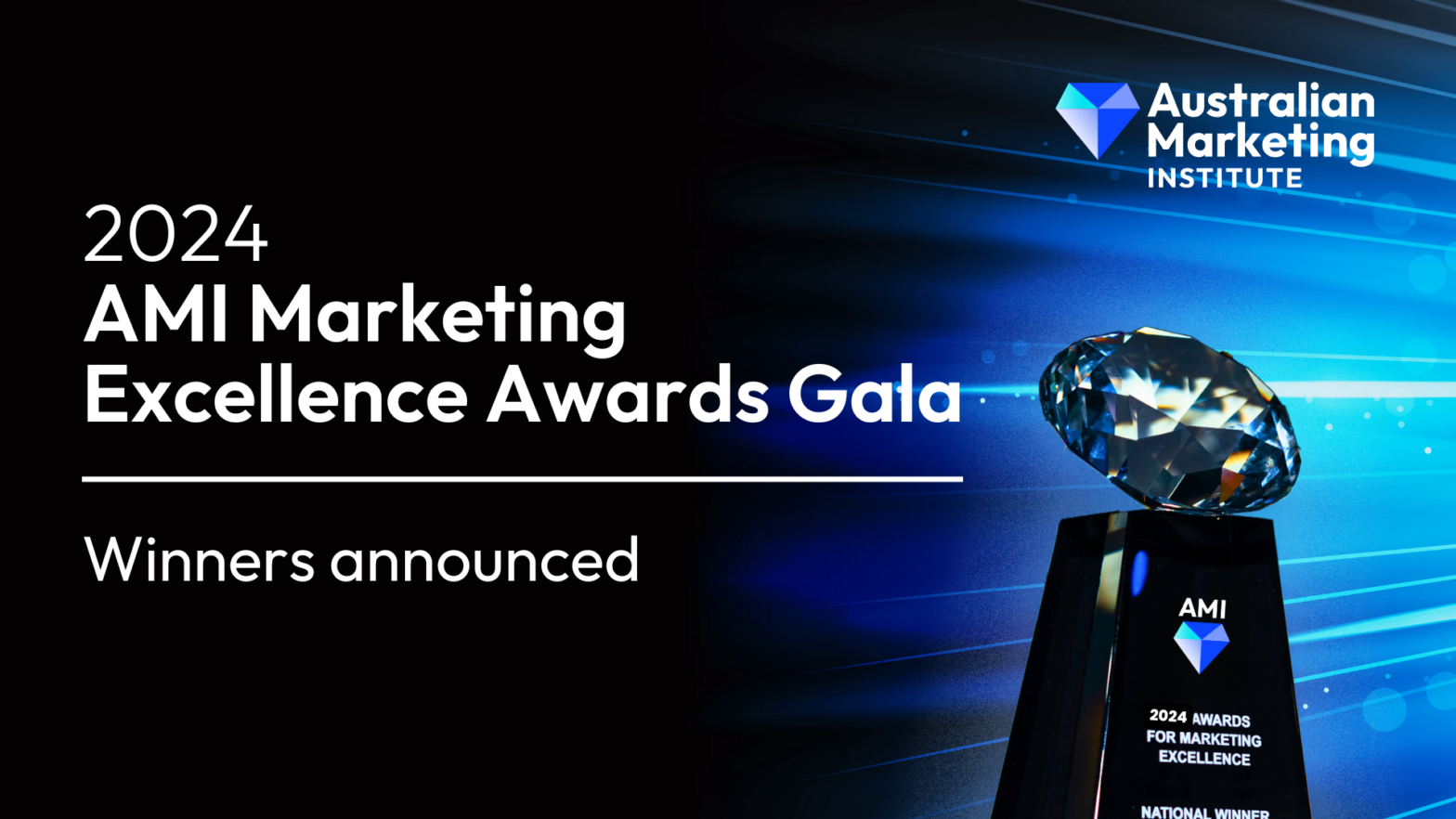Australia’s buying cycles blow out versus global markets, but good AI experience cuts a third off; B2B influencer investment on the rise amid swings in buyer preferences

What you need to know:
- The fifth annual Dentsu Superpowers Index is out and it shows a pendulum swing back to professional choice drivers from personal preferences in the B2B space as buyers battle uncertainty and cry out for reassurance on integration, functionality and ease of use.
- Australians have their own views on this and it’s driving the ratio recalibration: While the global number one choice driver remains a personal one – feeling safe signing a contract with a supplier – locally, the top driver is supporting the business with expertise.
- The new Index also reveals the growing might of AI through the entire purchase process: 4 in 10 B2B buyers are now heavy users of AI from initial research to onboarding and optimisation.
- Ease of use in experience and again, through the process is another major force B2B brands need to factor for commercial gain: Those who are rated as having an excellent experience shortened average sales cycles by 31 per cent.
- That’s especially important in this local market, where B2B sales cycles have increased by 11 per cent year-on-year to 468 days.
- On the brand front, Dentsu’s B2B research shows a growing opportunity to leverage influencers in the B2B brand building process. Right now, 59 per cent of B2B prospects are making purchasing decisions based on influencers, yet only 42 per cent of marketers feel they have a handle on using influencers in this space.
Last year, 80 per cent of B2B buyers put personal over professional preferences when buying for their organisations, a marked shift in B2B dynamics and one that brought with it a different set of buying criteria – and another shot in the arm for brand investment over performance marketing.
But according to the findings of the fifth annual Dentsu Superpowers Index, professional versus personal buying criteria is now sitting at a 50/50 ratio as trust and belief in signing on to a “safe option” that aligns with personal beliefs competes with the need for something that’s functionally integrating well with existing platforms, and comes with expertise and support. In other words, B2B buyers are focusing on risk, control, expertise, as well brands that make it easier and more reassuring for them in response to the broader uncertainty of the economic climate and relentless business transformation cycles.
Globally, the number one decision driver this year in Dentsu’s Superpowers Index remains ‘I feel safe signing a contract with them’. Yet in Australia that was topped by something else: The number one locally is: ‘Supports us with expertise’.
Notably, this year’s second-most commonly cited decision driver globally is ‘integrates smoothly with our processes and operations’, climbing 16 places from 18th spot in 2024. The third-most common decision driver was another fast-mover up the list: ‘Meet my company’s functional minimum quality/functional needs’ rose from 7th spot year-on-year. And as proof of the criticality of trust in the whole process, a business that is ‘approachable and transparent in their dealings with us’ also rose 14 places to 7th position in the list this year.
When brands perform well across the top 10 decision drivers, Dentsu found 37 per cent shorter sales cycles. They’re also companies two times more likely to be adopted for further services, who see their NPS scores hit +85 versus those who don’t get the same kudos (+36).
Expertise please
“Being known as an expert in your field is about being able to demonstrate how long you’ve been around, the types of work you’ve done, that you’re thinking ahead and you’re helping to push your clients forward,” Dentsu B2B executive VP of strategy and growth, Jake Hird, told Mi3.
“Some of the other findings from our research around thought leadership, and the way B2B brands are repositioning in their categories, comes through really strongly around that notion of being an expert. It’s very positive to see that. In Australia, it’s being known to be the people to go to solve a particular problem, versus am I going to lose my job, I’m terrified.”
Dentsu B2B ANZ, Shivani Patel, saw this shift as buyers essentially increasingly opting for brands that can demonstrate competence.
“They’re looking for brands that demonstrate competence and outcomes. It’s almost that idea of baseline reputational safety is just a hygiene factor now,” she said. “For brands to really differentiate themselves, they need to be seen as an expert in that space. That’s the differentiating driver in this market. What I think that means is it becomes more important for local brands to show how they can solve problems, not just that they’re just safe to buy from.
“If we think about how that comes to life, it means things like showing local case studies, good thought leadership – all of that stuff is super important to show how you can also support that level of expertise.”

They're looking for brands that demonstrate competence and outcomes. It's almost that idea of baseline reputational safety is just a hygiene factor now. For brands to really differentiate themselves, they need to be seen as an expert in that space. That’s the differentiating driver in this market. What I think that means is it becomes more important for local brands to show how they can solve problems, not just that they're just safe to buy from.
AI dominates decision making
But AI is gaining more power than any personal preference in the mix. According to the latest report, 77 per cent of all B2B buyers are now using AI through the buying process, from initial research to quality of offer, negotiating, onboarding, and during renewal. What’s more, the proportion of heavy users of AI has soared in 2025 to 40 per cent, affirming that it’s not just the humans B2B brands have to win over if they’re to secure B2B buying decisions.
Realisation that prospective retail partners are vetting suppliers through ChatGPT was put front and centre for Patties Food Group’s chief marketing and growth officer, Anand Surujpal, by agency partners, TBWA and Eleven, during a demonstration of their new LLM brand optimisation service, Rise. It’s led to an immediate trial program to track brand visibility through the AI engines and ultimately, improve reputation.
But AI use goes well beyond brand visibility and awareness – it’s also critical in smoothing the buyer process end-to-end. Key reasons prospective buyers are tapping AI include more informed decision making thanks to AI insights, 24/7 support and customer service, quicker transaction times with suppliers.
According to Dentsu, there’s a direct correlation between making B2B companies making the experience and process for prospective buyers easier through these AI capabilities and commercial gain: A 31 per cent faster deal cycle. The report revealed an ‘excellent’ buyer experience versus simply a ‘good’ one slashed the average sales cycle from 428 days to 295 days globally.
This is especially important locally, given Australian decision-making timeframes have blown out over the past year by 52 days to 468 days. This contrasts with a 9 per cent decrease in the global average year-on-year to 370 days.
Brand narrative
Herein lies another contradiction. As part of the survey, Dentsu asked what are the qualities and aspects of brand that are critical in B2B decision making. Hird said you can see being assured in a brand’s reputation and track record shining through – a very human need.
“You can see how it dovetails into being an expert in your field – being able to showcase that is really important,” he said. “It’s almost a back to the future moment. There’s a lot of noise around things like AI, influencers and all the new kind of marketing mixed modelling and CDPs. But it doesn’t get away from the fact that you still have to go back to basics, and you still have to be able to show and clearly communicate what you’ve done, how you do it, why you’re different, why you’re better. That comms layer really needs to come through. Again, that brand reputation is the number one part of creating brand strength.”
Underneath that, Hird said it’s critical B2B brands ensure it’s easy for colleagues to relay the credentials of that brand. “Convincing your colleagues is a really interesting one for me, because that’s widely supported by a lot of other data and market research out there,” he said.
A big research project backing up this comment is LinkedIn – Edelman’s recent ‘Invisible Influence; Unlocking the Power of Hidden buyers’ research out of the B2B Thought Leadership Impact Report series. That found more than 40 per cent of B2B deals stall due to internal misalignment within buying groups thanks to ‘hidden buyers’ who have significant influence even if they’re not primary users of a product or service.
“That brand message needs to go in front of the total buyer group, not just the target buyers, but also those hidden buyers as well,” Hird advised. “Again, that’s going back to basics again and thinking about how we are segmenting, and how are we getting that right brand message, or the right positioning comms and message, in front of those individual profiles or personas of the buyer group. It feels like 101 marketing and where we were five or 10 years ago.
“That’s why the pendulum swing [from personal to professional decision divers] is interesting for me. Even if you’re trying to target those buyers that are going to be influential as part of the decision process, I would argue most of them actually don’t care about the functionality. It’s that memory trigger of seeing the brand, and that I trust them because I know them, I’ve seen them and I’ve associated what they do with what I need.
“With all the target buyers, such as the CTO, CDO or CIO role, that’s where the nitty gritty comes in with things like compliance, integration and regulation… But trust is the overarching construct throughout the whole of this exercise.”
It’s for this reason Hird also put forward excellence in the first interaction point during the consideration process as something that’s critical for brands to land to build trust. “Buyers who have a good interaction at that first touch point are twice as likely to carry on trusting that brand,” he said. “That’s really important when we’re thinking about how that shortlist process is being built.”
Buyers who have a good interaction at that first touch point are twice as likely to carry on trusting that brand. That's really important when we're thinking about how that shortlist process is being built.
The rise of B2B influencers
Countering this, ‘Being seen as an active thought leader’ dropped from second place in the top 10 decision drivers to number 11 this year. It is not that buyers are turning off thought leadership; it is simply that the bar has been raised, Hird argued.
The report showed brands that perform well at thought leadership are two times more likely to score highly for the top decision driver, ‘I feel safe signing a contract with them’. It’s also the top reason incumbents retain business.
For Hird, this is another reasons why influencers in B2B are a burgeoning opportunity he believes can be take more advantage of to drive thought leadership and credibility. According to the Superpowers Index, 59 per cent of B2B buyers used influencers in their last purchase decision, making this the fastest growing channel this year.
“There’s the basic hygiene of having customer testimonials, logos and good case studies. But that’s one dimensional, because that’s very much like shouting about yourself,” he commented. “One of the other things that’s really emerged around this is the influencer marketing aspect in B2B, which is a growing tactic.”
This isn’t the same as B2C influencers, Hird warned. “How you want to engage an influencer or be influential, are two different things,” he explained.
“Using Keanu Reeves as a figurehead to try and influence super high-touch Microsoft developers is just not going to work. What they look for generally is someone who’s really well known in that Microsoft dev community who’s a figurehead among their sectors. There might only be three or four people out of a couple of people who really know what they’re doing, versus the scale of having someone who’s seen as in influential.”
To figure out how to channel influencers in brand plans, Hird advised thinking about what are you trying to do and why are you trying to do it before you can get to the how and who to use to influence. From there, he said to ignore the category-specific approach of B2C used in channels like TikTok, or seeking out SaaS influencers if you’re a SaaS people.
“There are people who could be become spokespeople, or help create influential content to influence the process, or they could be super niche,” Hird said. “But the gap here is really interesting, because at the moment, nearly 60 per cent of buyers have actually said they are being influenced directly by people outside of their business as part of the purchase process. So they are engaging with influencers in some way of shape or form along that buyer journey. But only 42 per cent of marketers feel like they’re doing a good job utilising influencers.
“So influencers, for me, feel like where brand was a year ago. Last year, a lot of people said they’re intending to invest in brand, but they weren’t doing it yet. This year, when we’ve done this survey, you can see brand jumped up eight places in terms of the most important strategic activities to number three. People are putting their money where their mouths are, and trying.
“I feel like influencers are going to be the same: People have identified the gap and are saying it’s important this year. I think if we ask the same question next year, that gap will be a much smaller percentage.”






